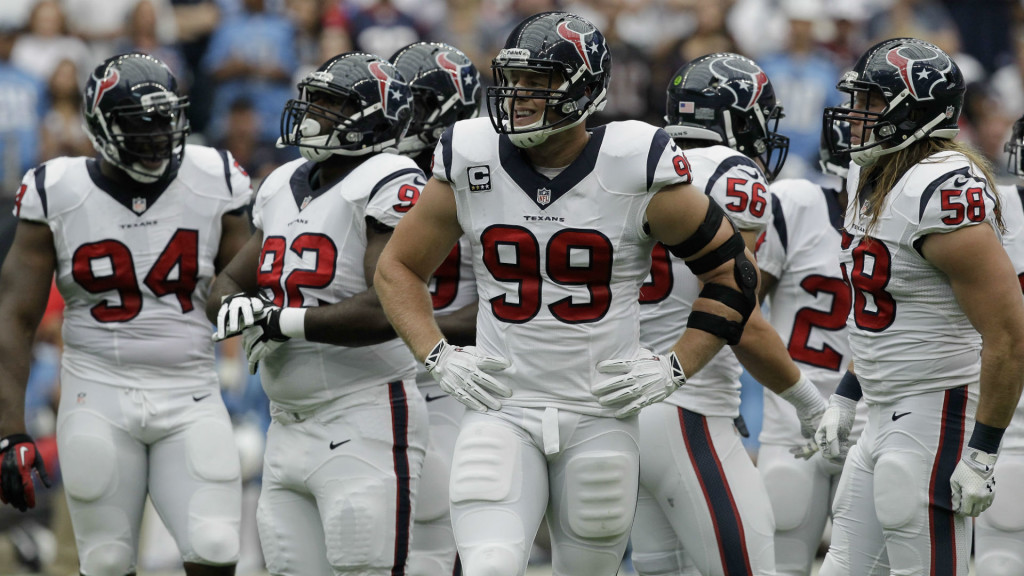As any experienced IDP owner knows sometimes the defensive scheme that a player plays in can be almost as important as the players’ individual skills set. So what kind of scheme should we look for when selecting and starting IDP players? First it is crucial to know the difference between schemes and recognize which players excel in those schemes.
The 3–4 defense incorporates three defensive linemen, two defensive ends, and one nose tackle, who line up opposite the other team’s offensive line. Those three players are responsible for engaging the other team’s offensive line, allowing the four linebackers to either rush the quarterback or drop back into coverage, depending on the situation. While the role of the defensive linemen is fairly consistent, the role of the linebackers allow for flexibility and versatility in the 3-4 scheme, and give defensive coaches nearly limitless options to confuse the other team’s players and coaches. Depending on the situation, any number of linebackers can blitz, fake a blitz, “spy” the quarterback or running back, or cover receivers. In key situations, a rush linebacker may be sent to cover the flat on the opposite side of the blitzing defensive back; this is called a “zone blitz”. The defensive line is made up of a nose tackle and two defensive ends. Linemen in 3–4 schemes tend to be larger than their 4–3 counterparts to take up more space and guard more territory along the defensive front. As a consequence, many 3–4 defensive linemen begin their NFL careers as 4-3 defensive tackles, as younger players typically do not possess the size, weight, and strength to play on a 3-4 defensive front. They must be strong at the point of attack and are aligned in most cases head-up on an offensive tackle. First and foremost, they must control run gaps. Size and strength become more of a factor for linemen in 3–4 defenses than in 4–3 defenses because they move primarily within the confines of line play and seldom are in space using athletic ability. Ideally 3–4 DE’s should weigh over 300 pounds and be able to beat double teams by getting a push. The 3–4 nose tackle is considered the most physically demanding position in football. His primary responsibility is to control the “A” gaps, the two openings between the center and guards, and not get pushed back into his linebackers. If a running play comes through one of those gaps, he must make the tackle or control what is called the “jump-through” from the guard or center who is trying to get out to the linebackers. The ideal nose tackle has to be much bigger than 4–3 DT’s, usually weighing 330 pounds or more. The base position of NT is across from the opposing team’s center. This location is usually referred to as zero technique. The two DE’s flank the NT and line up off the offensive guards.
To continue reading this article by Martzy at Punch Drunk Wonderland, click here.




